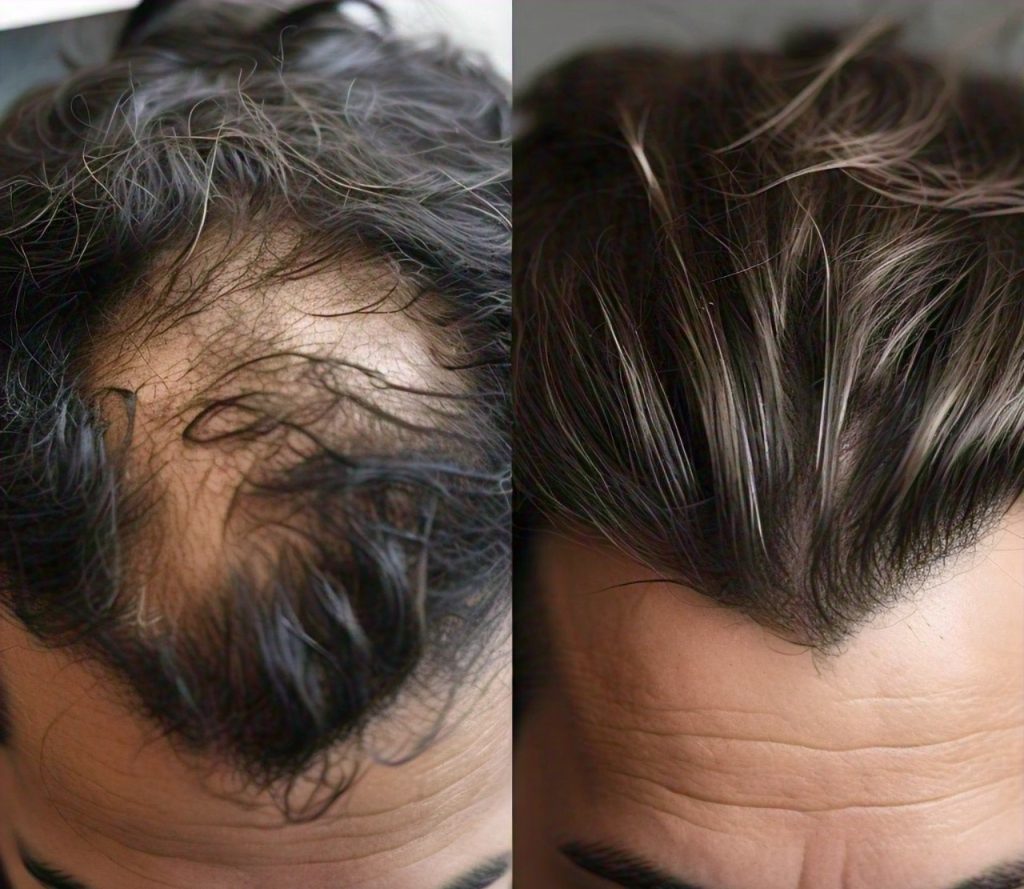Hair transplants have become a popular solution for individuals dealing with hair loss or thinning. While the procedure itself has advanced significantly, achieving the best results depends largely on the care you provide to your scalp during the recovery period. Proper post-operative care not only ensures successful graft survival but also speeds up the healing process. Here’s a comprehensive guide to post-hair transplant care to help you recover faster and achieve optimal results. You can also discuss with us on our Hair Transplant clinic

1. Follow Your Surgeon’s Instructions
The first and most important rule of post-transplant care is adhering strictly to the instructions provided by your surgeon. These guidelines are tailored to your specific procedure and individual needs. They may include details about medications, washing your scalp, and protecting the transplanted area. Failing to follow these instructions can increase the risk of complications and impact your results.
2. Be Gentle When Washing Your Hair
Your scalp will be sensitive after the procedure, so washing it requires special care. Typically, your doctor will recommend waiting 48–72 hours before your first wash. Use a gentle, sulfate-free shampoo and lukewarm water. Avoid directly showering on the transplant area; instead, pour water gently over your head or use a cup. Pat the scalp dry with a soft towel—never rub it, as this could dislodge grafts.
3. Avoid Touching or Scratching the Transplanted Area
It’s natural to feel itching or mild discomfort as the scalp heals. However, scratching or picking at the area can lead to infections or cause grafts to fall out. If itching becomes unbearable, consult your doctor for advice or ask about medicated creams or sprays to relieve the discomfort.
4. Sleep with Your Head Elevated
For the first few nights after the procedure, sleep in an elevated position to minimize swelling. Use two or more pillows or consider investing in a recliner. Avoid sleeping on your stomach or sides to prevent pressure on the transplanted area, which could affect graft survival.
5. Protect Your Scalp from the Sun
Your scalp will be especially sensitive to sunlight after a hair transplant. Direct exposure to UV rays can cause damage and delay healing. Wear a loose-fitting hat or stay indoors during peak sunlight hours for at least two weeks following the procedure. Avoid tight hats, as they can irritate the grafted area.
6. Avoid Strenuous Activities
Engaging in intense physical activities like weightlifting, running, or sports can increase blood flow to the scalp, potentially dislodging grafts or causing swelling. Avoid heavy exercise for at least 10–14 days post-procedure. Light walking is typically safe and can promote circulation without overexerting the scalp.
7. Refrain from Smoking and Alcohol
Smoking and alcohol consumption can impede the healing process. Smoking reduces oxygen levels in the blood, slowing down recovery and increasing the risk of graft failure. Similarly, alcohol can cause dehydration and may interfere with any prescribed medications. It’s best to abstain for at least a week after your transplant.
8. Take Prescribed Medications
Your surgeon may prescribe antibiotics to prevent infection, painkillers to manage discomfort, or anti-inflammatory drugs to reduce swelling. Take these medications as directed and complete the full course of antibiotics even if you feel fine. Avoid self-medicating, as certain over-the-counter drugs can increase the risk of bleeding.
9. Be Patient with Shedding
It’s common for transplanted hair to shed within the first few weeks—this is a normal part of the process called “shock loss.” Don’t panic; the hair follicles remain intact and will begin producing new hair in a few months. Full results are usually visible within 12–18 months, so patience is key.
10. Attend Follow-Up Appointments
Regular follow-up appointments with your surgeon are essential to monitor your progress and address any concerns. These check-ins allow your doctor to evaluate the healing process and recommend adjustments to your care routine if necessary.
Conclusion
Recovering from a hair transplant requires a combination of proper care, patience, and adherence to your surgeon’s advice. By following the tips outlined above, you can promote faster healing and maximize the success of your transplant. Remember, each person’s recovery process is unique, so always communicate openly with your doctor if you have questions or experience unusual symptoms. With time and care, you’ll enjoy a fuller, healthier head of hair and the confidence that comes with it.
We are located in Brighton and Hove, proudly serves the nearby areas. Capital Hair Restoration – Hair Transplant is a leading provider of surgical and non-surgical hair loss solutions for men and women throughout Brighton, the UK, and Ireland. Browse our site ( Brighton Hair Transplant ) or call us ( 020 8088 2393 ) for a chat.

